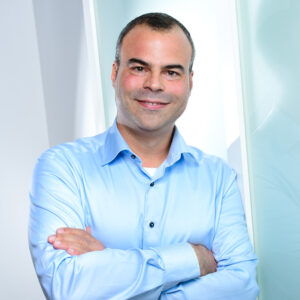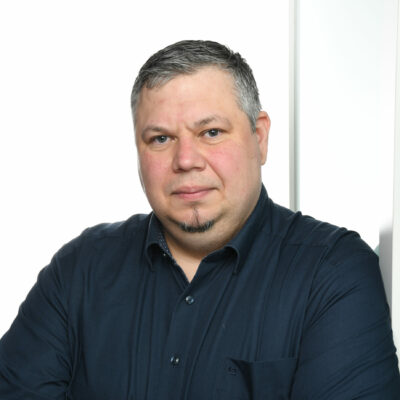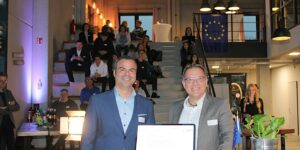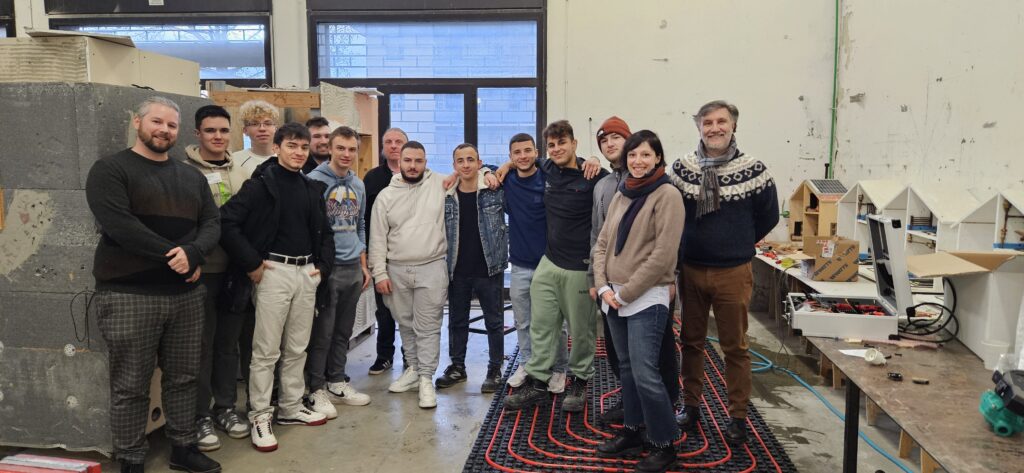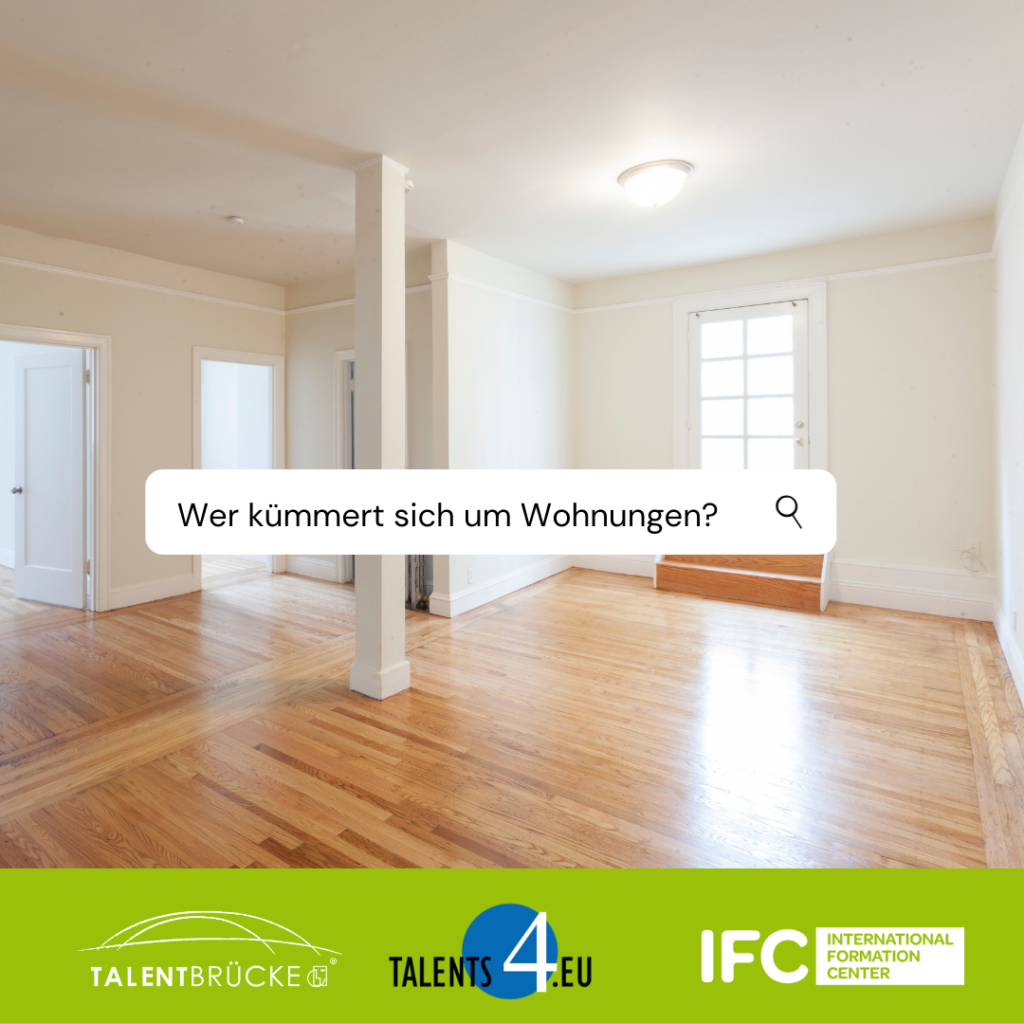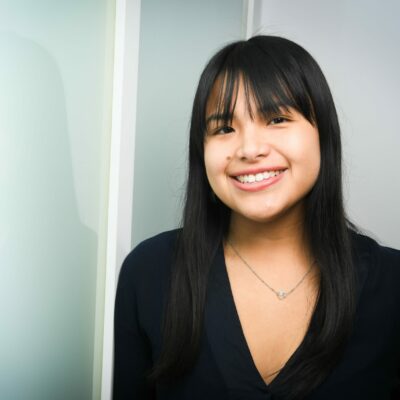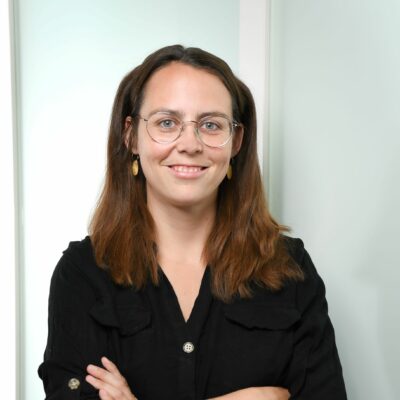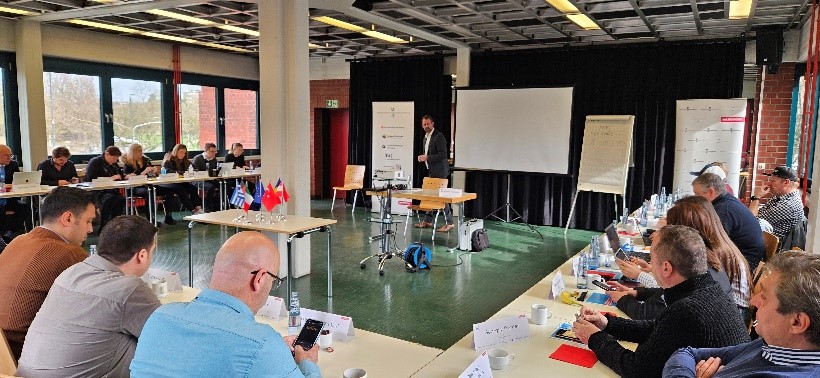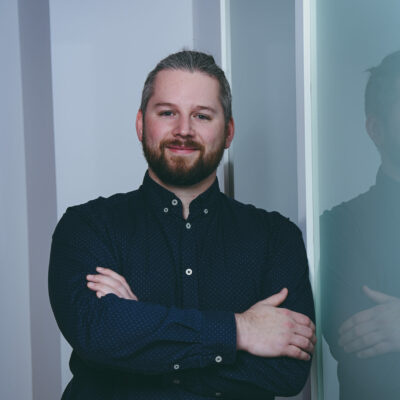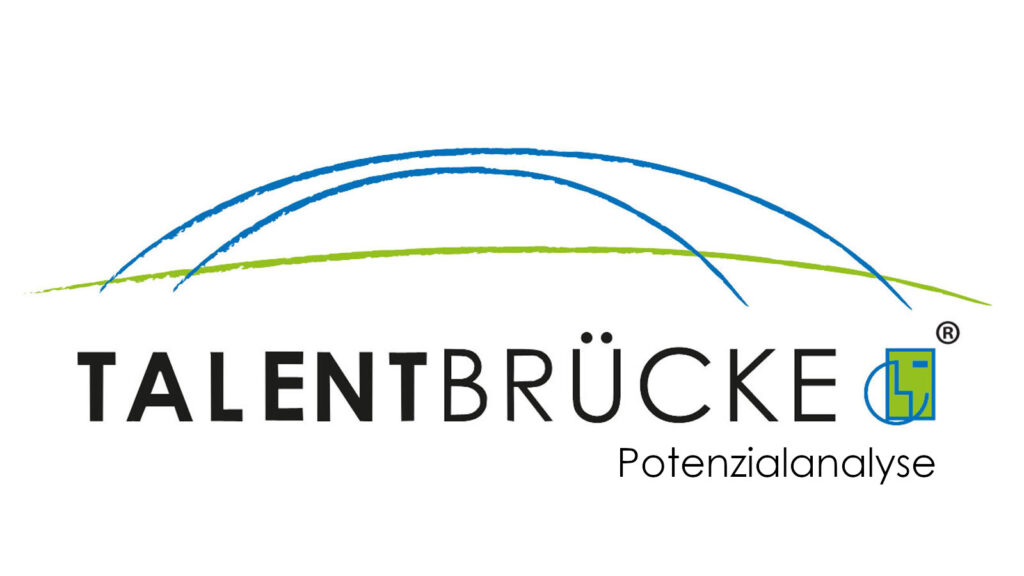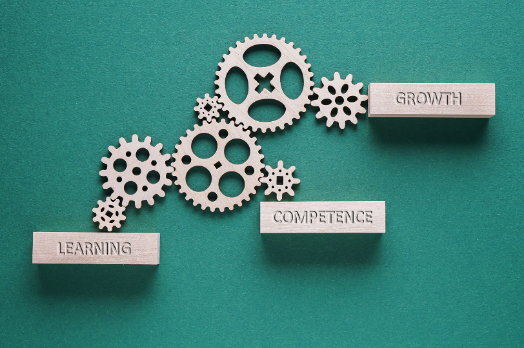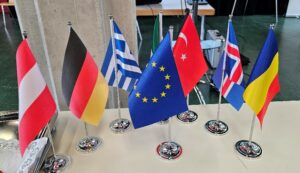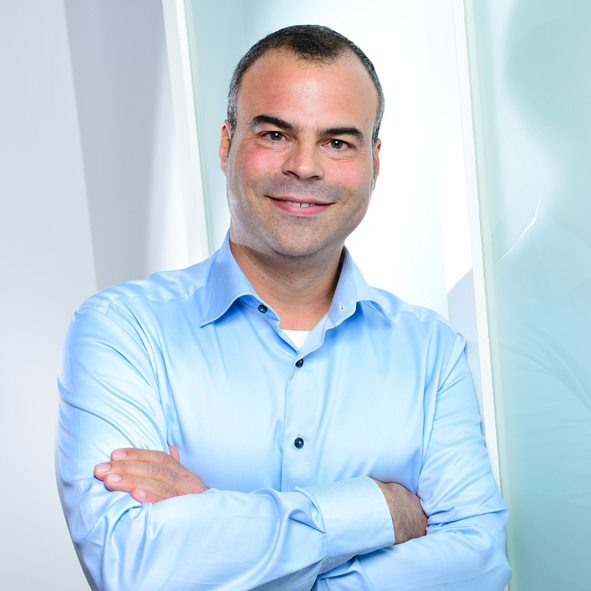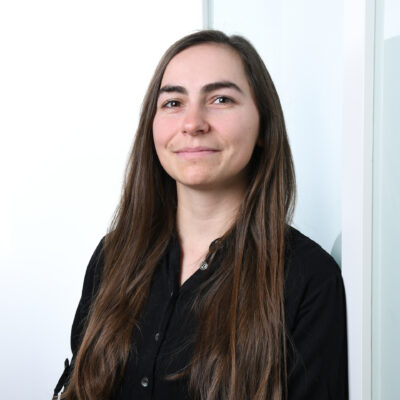Unternehmen benötigen eine Fachkräftestrategie. Der Fachkräftemangel ist ein wachsendes Problem in vielen Industrienationen, insbesondere in Deutschland. Immer mehr Unternehmen kämpfen darum, qualifizierte Arbeitskräfte zu finden, die über die notwendigen Fähigkeiten und Erfahrungen verfügen, um spezialisierte Aufgaben zu übernehmen. Dieser Mangel an Fachkräften wird durch mehrere Faktoren verschärft.
Zum einen altert die Bevölkerung, was zu einer sinkenden Zahl von Arbeitskräften führt, die den Arbeitsmarkt betreten. Zum anderen gibt es eine steigende Nachfrage nach hochqualifizierten Fachkräften, insbesondere in den Bereichen Technik, IT und Gesundheitswesen. Diese Branchen erleben eine schnelle technologische Entwicklung, wodurch spezialisierte Kenntnisse und ständige Weiterbildung erforderlich sind.
Die Folgen des Fachkräftemangels sind weitreichend. Unternehmen sind gezwungen, ihre Produktionskapazitäten zu drosseln, Aufträge abzulehnen oder sogar die Unternehmensstandorte zu verlagern. Dies wirkt sich negativ auf das Wirtschaftswachstum aus und bedroht langfristig die Wettbewerbsfähigkeit der betroffenen Länder. Um dem Fachkräftemangel entgegenzuwirken, setzen viele Unternehmen und Regierungen auf Strategien wie die Förderung von Aus- und Weiterbildung, die Anwerbung ausländischer Fachkräfte und die Verbesserung der Arbeitsbedingungen. Dennoch bleibt die Herausforderung groß, die Lücke zwischen Angebot und Nachfrage auf dem Arbeitsmarkt zu schließen.
Fachkräfte aus dem Ausland als Alternative
Als ein Baustein der Fachkräftestrategie kann die Anwerbungen von Personen aus dem Ausland helfen. In anderen europäischen Ländern, zum Beispiel in Spanien und Italien finden sich oftmals Mitarbeiter: innen, die herausfordernde und sichere Arbeitsverhältnisse in Deutschland suchen. Da in diesen Ländern die Arbeitslosigkeit in einigen Branchen hoch ist, ist hier allen Seiten geholfen, wenn die Personen in Deutschland arbeiten.
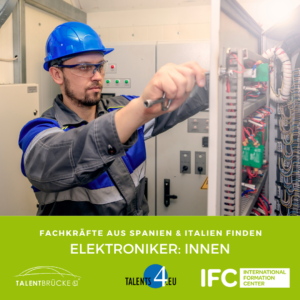
Ihre Fachkräftestrategie – Wir unterstützen Sie dabei!
Hier kommen wir ins Spiel. Unter der Marke talents4.eu vermitteln wir mit unseren Partnern vom International Formation Center seit 2017 Fachkräfte aus Spanien, Italien und Portugal. Unsere Schwerpunkte liegen dabei aktuell in folgenden Branchen:
- Erzieher: innen
- Pädagogisches Fachpersonal
- Pharmazeut: innen
- IT-Fachpersonal
- Elektroniker: innen sowie weitere handwerkliche Profile
Komplette Dienstleistung für Ihre Fachkräftestrategie
Wir bieten Ihnen einen kompletten Service zur Anwerbung von ausländischen Fachkräften:
- Beratung zur Fachkräftestrategie
- Erstellung konkreter Anforderungsprofile
- Auswahlverfahren in Einklang mit den Anforderungsprofilen
- Sprach- und Vorbereitungskurse für die potenziellen Mitarbeiter: innen
- Übersetzung aller relevanter Unterlagen
- Komplette Begleitung der Anerkennung beruflicher Leistungen
Fachkräftestrategie – Ihre Ansprechpartner: innen
Erfahren mehr über unsere Projekte in der Fachkräfteanwerbung. Sprechen Sie uns einfach an!
Skilled labour strategy – tackling the shortage of skilled workers
Companies need a skilled labour strategy. The shortage of skilled labour is a growing problem in many industrialised nations, especially in Germany. More and more companies are struggling to find qualified workers with the necessary skills and experience to take on specialised tasks. This shortage of skilled labour is exacerbated by several factors.
On the one hand, the population is ageing, resulting in a decreasing number of workers entering the labour market. On the other hand, there is an increasing demand for highly qualified specialists, particularly in the fields of technology, IT and healthcare. These sectors are experiencing rapid technological development, which requires specialised knowledge and ongoing training.
The consequences of the shortage of skilled labour are far-reaching. Companies are forced to reduce their production capacities, turn down orders or even relocate. This has a negative impact on economic growth and threatens the competitiveness of the affected countries in the long term.
To counteract the shortage of skilled labour, many companies and governments are focusing on strategies such as promoting training and further education, recruiting foreign skilled workers and improving working conditions. Nevertheless, the challenge of closing the gap between supply and demand on the labour market remains great.
Skilled workers from abroad as an alternative
Recruiting people from abroad can help as a component of the skilled labour strategy. In other European countries, such as Spain and Italy, there are often employees looking for challenging and secure jobs in Germany. As unemployment is high in some sectors in these countries, it helps all sides if these people work in Germany.
Your skilled labour strategy – we support you!
This is where we come in. Under the talents4.eu brand, we have been placing skilled workers from Spain, Italy and Portugal with our partners from the International Formation Centre since 2017. Our current focus is on the following sectors:
- Educators
- Specialist
- educational staff
- Pharmacists
- IT specialists
- Electronics technicians
- other skilled trades profiles
Complete service for your skilled labour strategy
We offer you a complete service for the recruitment of foreign skilled labour:
- Advice on skilled labour strategy
- Creation of specific requirement profiles
- Selection process in line with the requirement profiles
- Language and preparation courses for potential employees
- Translation of all relevant documents
- Full support for the recognition of professional achievements
Skilled labour strategy – Your contacts

